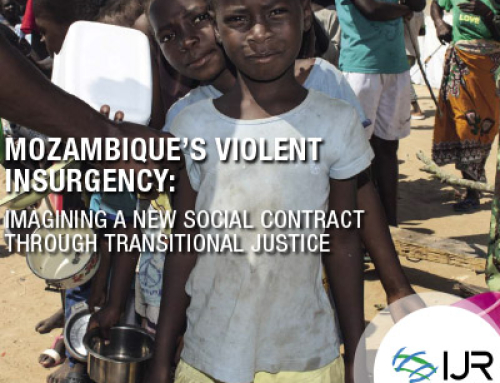
IJR Uganda Country Profile
The roots of the conflict in Acholiland can be traced back to the colonial period and the regional preferences of post-independence administrations that resulted in the under-development of the northern part of Uganda. Protesting this marginalisation, the Acholi people and other northern-based groups eventually resorted to armed rebellion under the prophetess Alice Lakwena’s Holy Spirit Movement. The Holy Spirit Movement later became the Lord’s Resistance Army (LRA) that is today led by Joseph Kony.
The LRA formed an alliance with the Khartoum-based government of Sudan, drawing it into Khartoum’s war against the Sudanese People’s Liberation Army (SPLA), with the Government of Uganda (GoU), in turn, supporting the SPLA in its fight against the Khartoum government.
Several peace initiatives have been undertaken to resolve the Ugandan conflict. These intensified in the wake of the issuing of warrants for the arrest of Kony and other LRA leaders by the International Criminal Court (ICC). The Juba talks that were initiated in 2006 between the GoU and the LRA resulted in an agreement on a permanent cease-fire and a proposal for dealing with alleged perpetrators of atrocities through both the formal justice system of Uganda and local traditional justice mechanisms. The LRA, however, failed to sign the agreement and extended its violence into the Democratic Republic of the Congo (DRC) and elsewhere. It is suggested that the actions of the ICC and the ultimate failure of the Juba talks have resulted in a new turning point in the Ugandan conflict.
Pages: 12
Dimensions: A4
Date of publication: 2010




